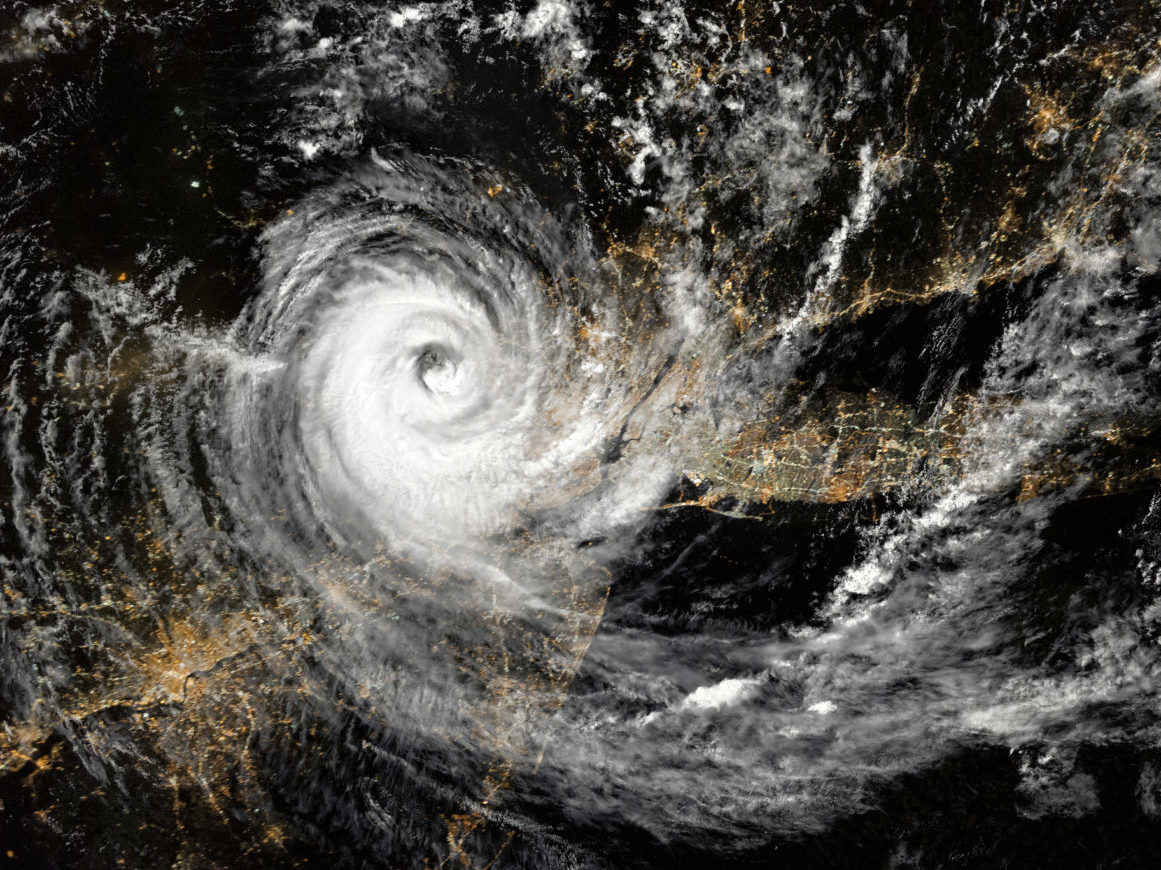
Nothing can make or break a utility like a storm. The 2017 Atlantic hurricane season that devastated Texas, Florida, Georgia, the Caribbean and Puerto Rico, was a sobering experience. Many lessons were learned that are guiding efforts to improve grid resiliency in the face of increasingly extreme weather.
After a harsh summer of fires across the American West, this year’s hurricane season is already among us with Florence set to hit the Southeast later this week. Utilities need to hit the ground running, and will risk staggering consequences if they fail to do so.
Earlier this year ABB published a report, Lessons learned in storm readiness – three areas you should not overlook. These three areas were: hardening of substations, leveraging data, and developing partnerships to provide support and resources before, during, and after a major storm. Here are some highlights:
Hardening of Substations
According to the report, almost 90% of weather-related power outages happen in the distribution network, and restoration crews are the most comfortable working there. The copper wires that are common in substations corrode with a fury once they come into contact with salt water. After Hurricane Sandy, Con Edison replaced the copper wires in its substations with a fiber-optic communication network, and it hasn’t looked back.
Updating communications networks is just the beginning. The report also suggests efforts such as encapsulating primary electrical components, designing underground vaults to operate during floods, and installing warning systems for at-risk substations that allow operators to de-energize equipment before it gets wet.
Optimizing Data
It is never fun to learn things the hard way. For a lot of utilities, learning where their weak points are after an event can have serious consequences. Fortunately, many are making strides in condition-based maintenance, where parts of the grid are serviced when they need to be, as opposed to on a schedule.
Internally, the convergence of outage and distribution management with advanced distribution management systems, can help utilities by bringing all critical storm and operating data into the same place to be analyzed. Utilities can predict where and what will be the most at risk, and make plans to bolster those areas.
Building Partnerships
The technology associated with hardening substations and optimizing data inevitably require the right vendor partnerships and internal support to run those technologies successfully. But knowing what and where are only so much without the right feet on the ground. Many utilities have observed an industry gap in skilled field workers, making contract crews even more essential than in the past.
To learn more, you can read the full report here.













